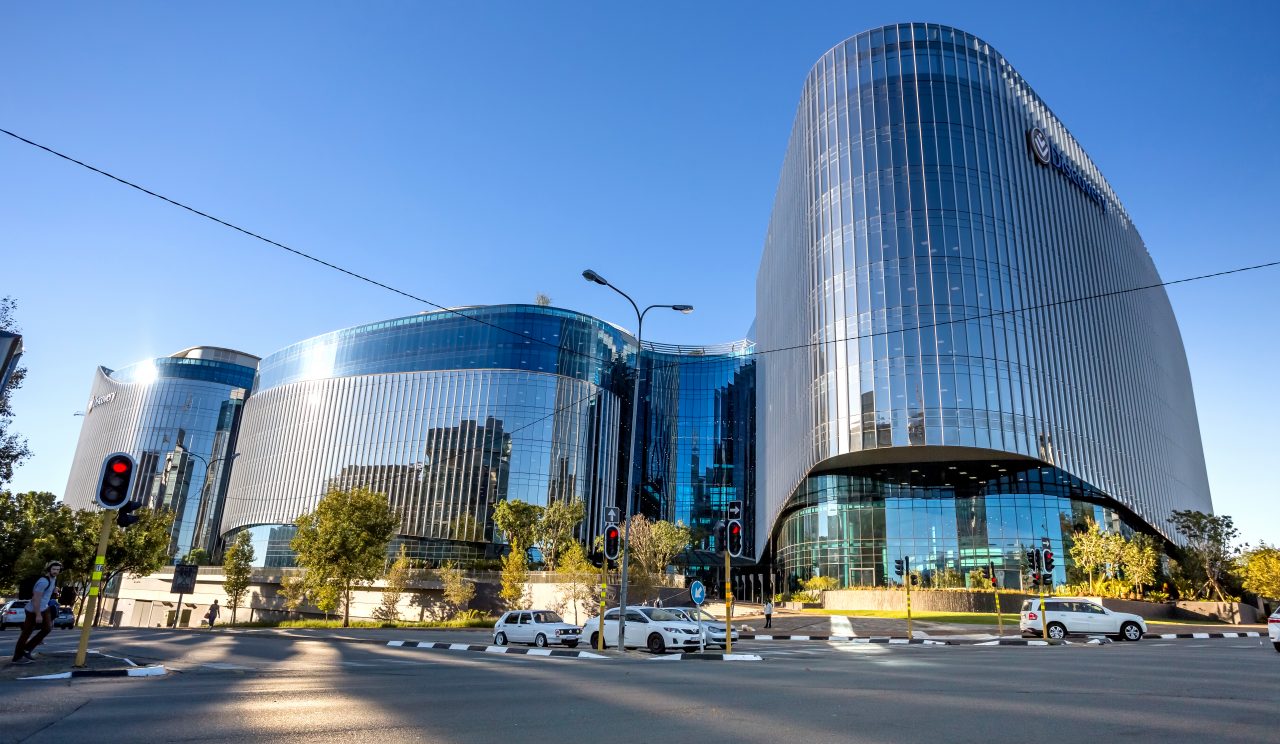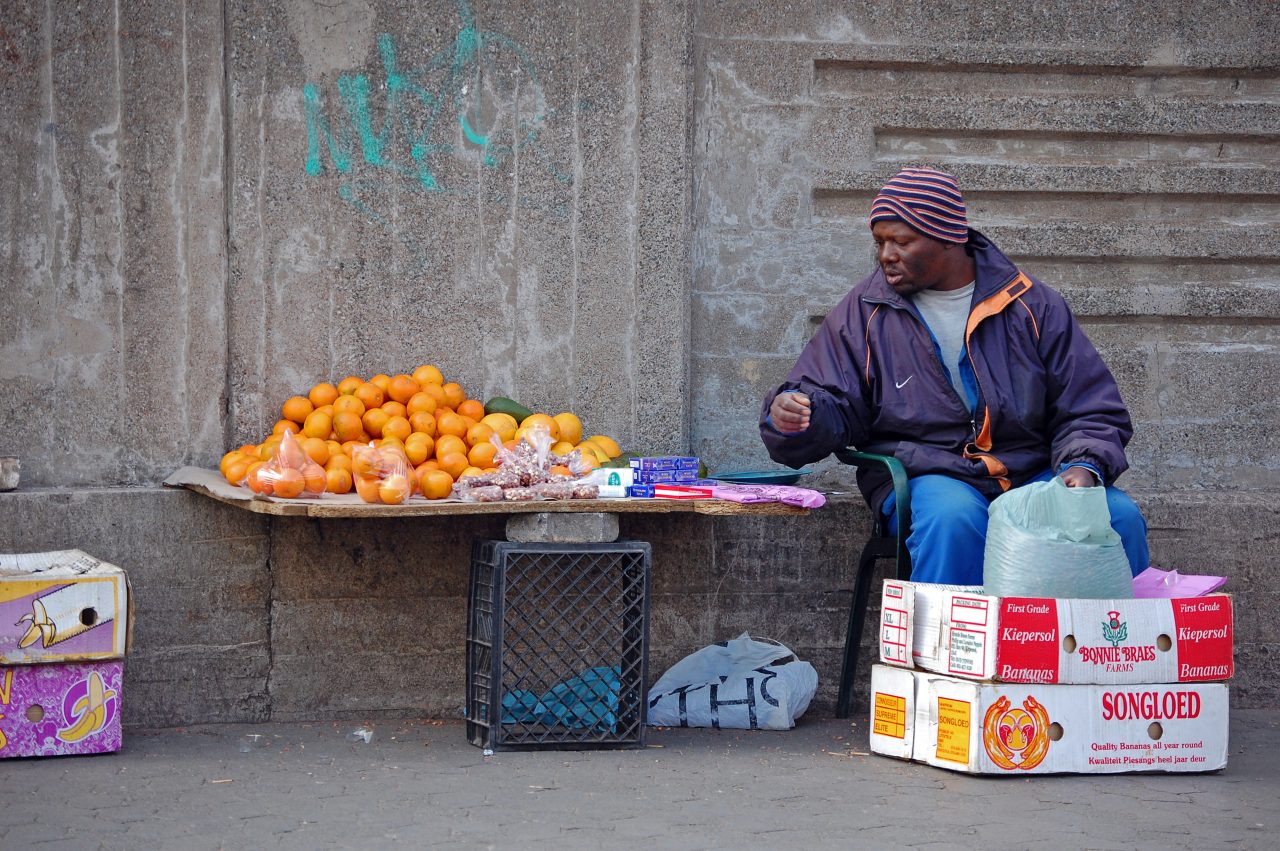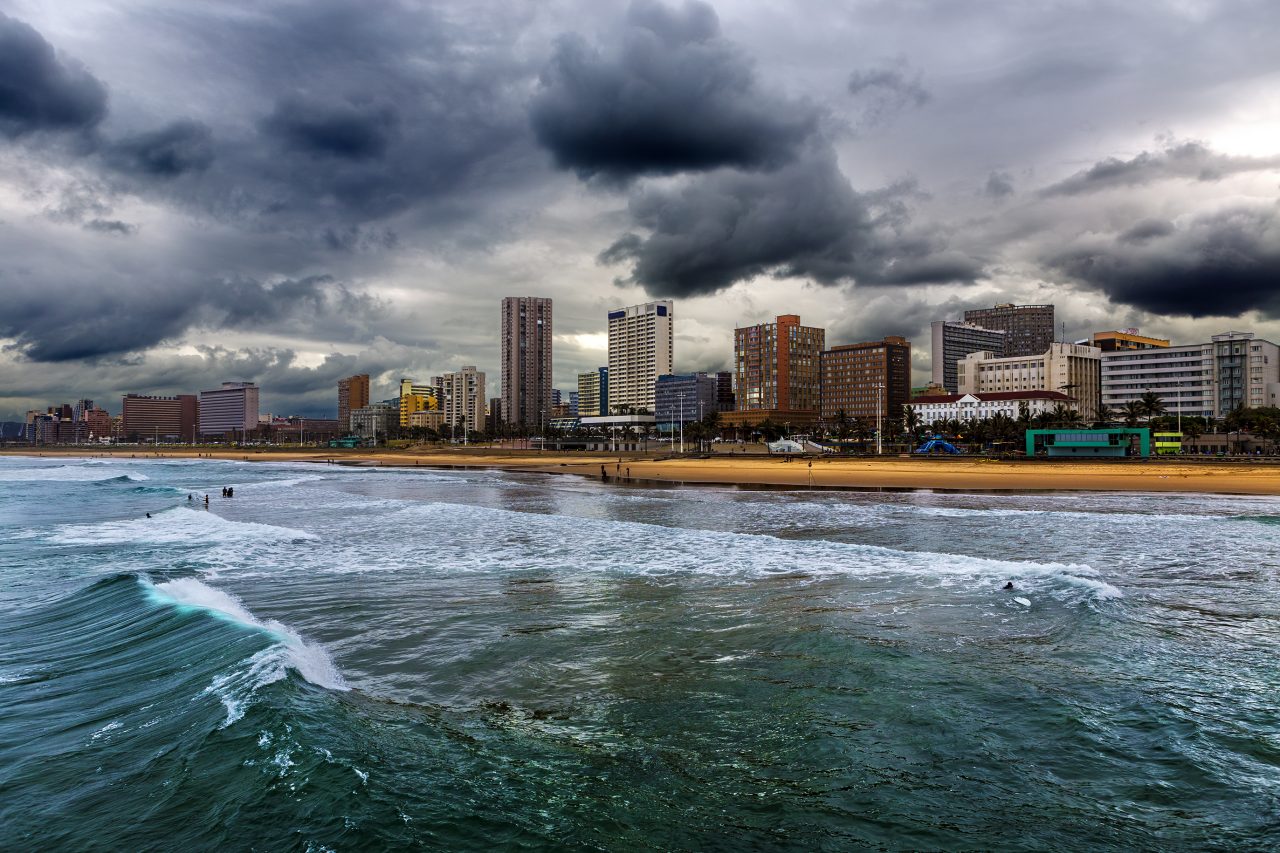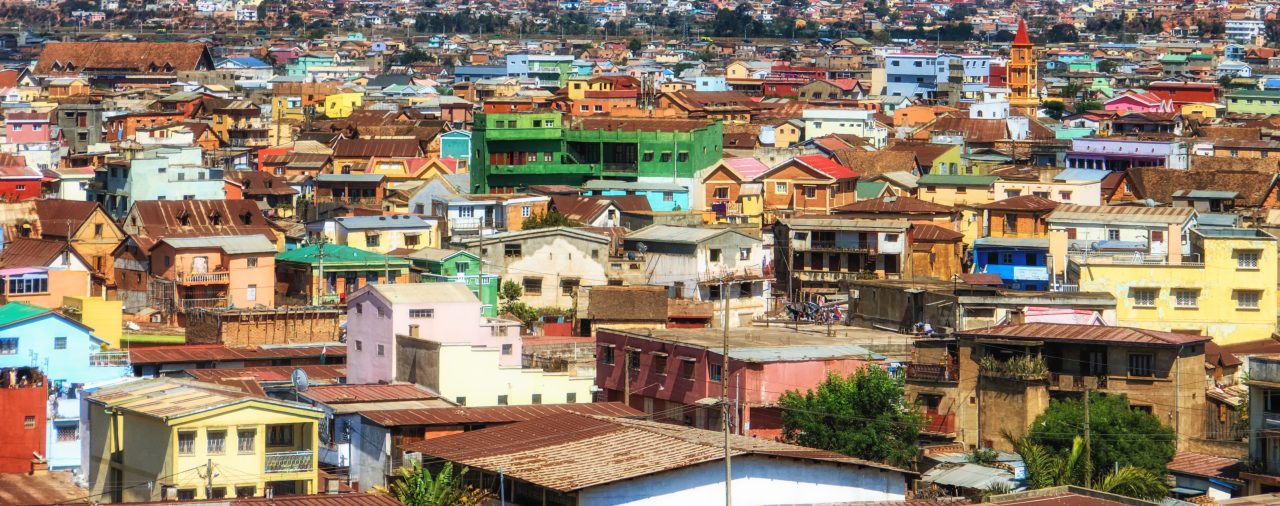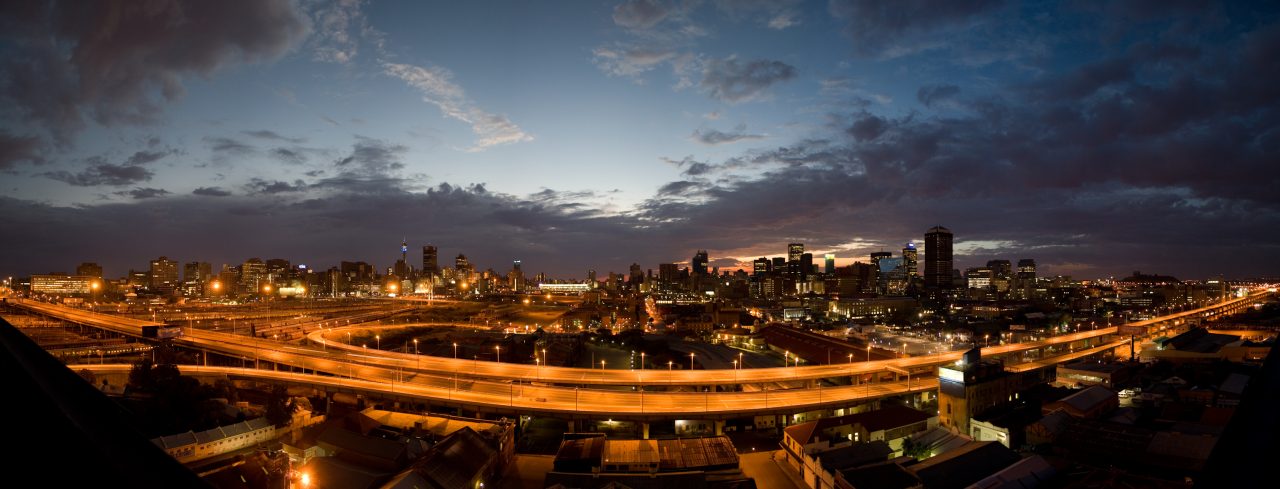Join GlobalBizzNetwork and start your international business network today.
Eastern Cape
The Eastern Cape is on the south-eastern coast of Africa, a location that is proving to be an international asset. The allocation of two of South Africa’s five industrial development zones (IDZs) to the province is confirmation of the potential that is offered by the shipping traffic that 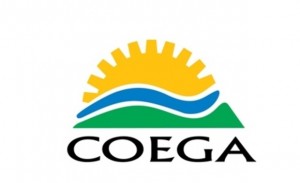 operates between Europe and Asia and the Far East. The province is well served logistically, with two major airports in Port Elizabeth and East London, and several facilities serving smaller towns such as Mthatha and Bhisho. In addition, many farms and private game reserves have airstrips. The construction of the large new port at Ngqura, within the Coega IDZ, brings to three the number of effective ports operating in the Eastern Cape.The province’s road network is defined by the west-east axis of the coastal N2, with three other national routes (N9, N10 and N6) providing north-south routes through the region. The reopening of the Mthatha-East London line is a step along the path of revitalising the province’s rail network, a vital part of any rural upliftment plan. Varied topographical and climatic conditions contribute to a diverse agricultural offering that includes wool, mohair, dairy and forestry, and make for a superb tourist destination.The Eastern Cape is home to four of South Africa’s biggest automotive companies and several of the largest concerns in the automotive components and support sectors. The catalytic convertor industry is a world leader.
operates between Europe and Asia and the Far East. The province is well served logistically, with two major airports in Port Elizabeth and East London, and several facilities serving smaller towns such as Mthatha and Bhisho. In addition, many farms and private game reserves have airstrips. The construction of the large new port at Ngqura, within the Coega IDZ, brings to three the number of effective ports operating in the Eastern Cape.The province’s road network is defined by the west-east axis of the coastal N2, with three other national routes (N9, N10 and N6) providing north-south routes through the region. The reopening of the Mthatha-East London line is a step along the path of revitalising the province’s rail network, a vital part of any rural upliftment plan. Varied topographical and climatic conditions contribute to a diverse agricultural offering that includes wool, mohair, dairy and forestry, and make for a superb tourist destination.The Eastern Cape is home to four of South Africa’s biggest automotive companies and several of the largest concerns in the automotive components and support sectors. The catalytic convertor industry is a world leader.
Transformative projects
Projects that are due to come on stream at the Coega IDZ have the potential to transform the provincial economy. In the medium-term, Coega is the preferred site of a new oil refinery. Project Mthombo, set to be completed in 2017 according to the plan, would cost about R77-billion and create 18 000 jobs in the operational phase. The plan to locate a new manganese processing plant at Coega will similarly inject massive amounts of capital into the province, and have a sustained downstream effect on related industries and suppliers. Investment at the Port of Ngqura, part of the Coega IDZ, is scheduled to reach R4-billion in the period 2011-2016. Port Elizabeth’s port has for many years been the site of a manganese-exporting facility. The idea is to move that to Ngqura, together with the existing liquid-bulk terminal. Once these facilities are located away from the Port of Port Elizabeth, large parts of the harbour will be available for redevelopment for retail and leisure. This has been a plan for some time, part of a broader plan to revitalise the harbour and neighbouring beachfront. The Nelson Mandela Bay Metropolitan Municipality, through its Mandela Bay Development Agency (MBDA), has plans to spend R40-million on beachfront development. The MBDA has spent R250-million on upgrading Govan Mbeki Avenue and other parts of the inner city. It has also supported 67 tourism projects. The province’s automotive producers export just more than half of the motor vehicles produced in South Africa. The companies that operate in the Eastern Cape are Mercedes-Benz SA (East London), Volkswagen (Uitenhage), and General Motors South Africa and Ford, both in Port Elizabeth. All of these companies have invested heavily in increased production in recent years. These operations support many subsidiary industries such as pressed steel, plastics, and leather for car seats. Port Elizabeth has become a world leader in the production of catalytic converters. The Nelson Mandela Bay Logistics Park (NMBLP) serves as an automotive cluster, supplying logistical support and economies of scale for companies servicing the motor industry in Port Elizabeth and Uitenhage. National government has allocated R30- million to this 
Key facts
The Eastern Cape extends over 169 580 square kilometres, representing 13.9% of South Africa’s land mass. The province has more livestock than any other province, with a fifth of the country’s cattle, a quarter of its sheep and nearly half its goats. Mohair is a speciality of the Karoo region. The province’s population of 6.9 million makes it the country’s third-most populous province, with about 15% of the national population. The overwhelming majority – more than 80% – of people speak Xhosa, with Afrikaans, English and Sotho (near the Lesotho border) as the other major languages. The Xhosa-speaking kings are recognised nationally.
Tourism
Tourism is a major growth industry. Addo Elephant National Park is the largest of the province’s four national parks and there are more than a dozen provincial parks and a growing number of private game farms, lodges and reserves. The province’s beaches and waves are very popular, with adventure tourism luring in tourists wanting to go on 4×4 trails, jump off bridges or fly microlight aircraft.
Alternative energies
The Eastern Cape receives a lot of sunlight and it has areas along its coastline that can easily transfer wind into energy. These and other options in the alternative energy field, including biofuels, are being actively investigated with some sizable investments already having been made.
Investment
Provincial government expenditure in the Eastern Cape was 60.5% higher in March 2011 than it was in March 2010. This is according to the Eastern Cape Barometer, an economic tracking programme that is a joint initiative of Sake24 and BoE Private Clients. The biggest growth subsectors were agriculture, transport and manufacturing but it was the state spending that took the province’s Barometer growth index to its highest- ever point – 19%. According to the provincial Department of Economic Development and Environmental Affairs, total gross domestic fixed investment in the Eastern Cape has been dominated by the machinery/other equipment and building and construction sectors over the last 13 years. The machinery/other equipment sector contributed 44% of fixed investment in the period 1995-2008, with building and construction averaging 41% in the same period. Mega-projects such as the refinery and the manganese plant together with the huge amounts of money committed by motor manufacturers and suppliers are signs of the growing confidence in the Eastern Cape as an investment destination. Other significant investments made into the region in the course of 2009 and 2010 were:
- A diamond-beneficiation project in the East London Industrial Development Zone. This will help South Africa to beneficiate more of its own resources and create opportunities for skilled employment.
- The Sunningdale Dairy being established in the ELIDZ.
- The construction of the SAS Radisson Port Elizabeth (Radisson Blu Hotel), an investment of R320-million and a significant addition to the tourism offering of the region.
- A facility in the ELIDZ intended to produce 300 000 flat-panel solar-water heaters, as well as more affordable vacuum-based systems per year. The Eastern Cape Development Corporation (ECDC) holds 15% equity in a firm of mostly Taiwanese investors and is putting R20-million of the R33-million capital into the start-up. Some 250 direct and indirect jobs will be created.
- The opening of the R1.5-billion Hemingways Mall in East London. Put together by the Billion Group, at 210 000 square metres, it is the biggest shopping centre in the Eastern Cape.
- The investment in two call centres in the Coega IDZ.
- Several wind-farm projects are either being constructed or are under consideration. Belgian company Electrawinds has started installing 25 wind turbines at Coega Industrial Development Zone while Rainmaker Energy, an independent power producer (IPP), is planning two new wind-power projects in the Eastern Cape, the Dorper project and the AB’s project. Together, the two projects will generate 610 megawatts.
